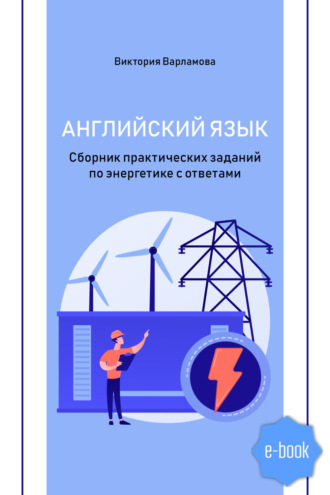Английский язык. Сборник практических заданий по энергетике с ответами

Полная версия
Английский язык. Сборник практических заданий по энергетике с ответами
Язык: Русский
Год издания: 2021
Добавлена:
Настройки чтения
Размер шрифта
Высота строк
Поля
Конец ознакомительного фрагмента
Купить и скачать всю книгу
